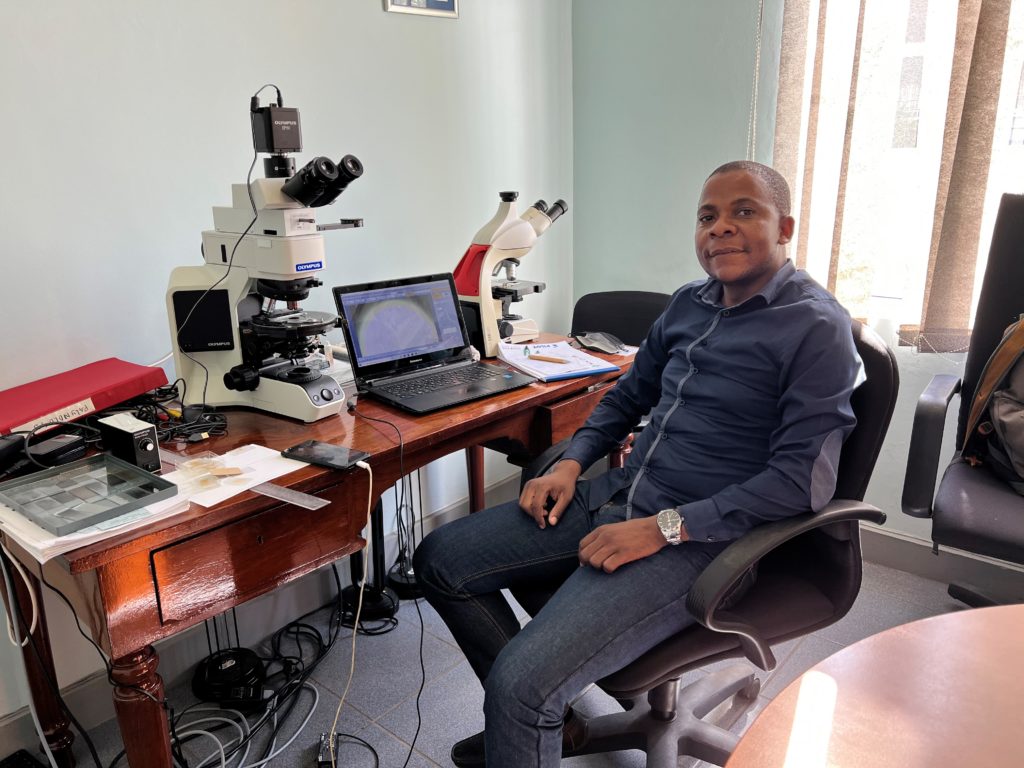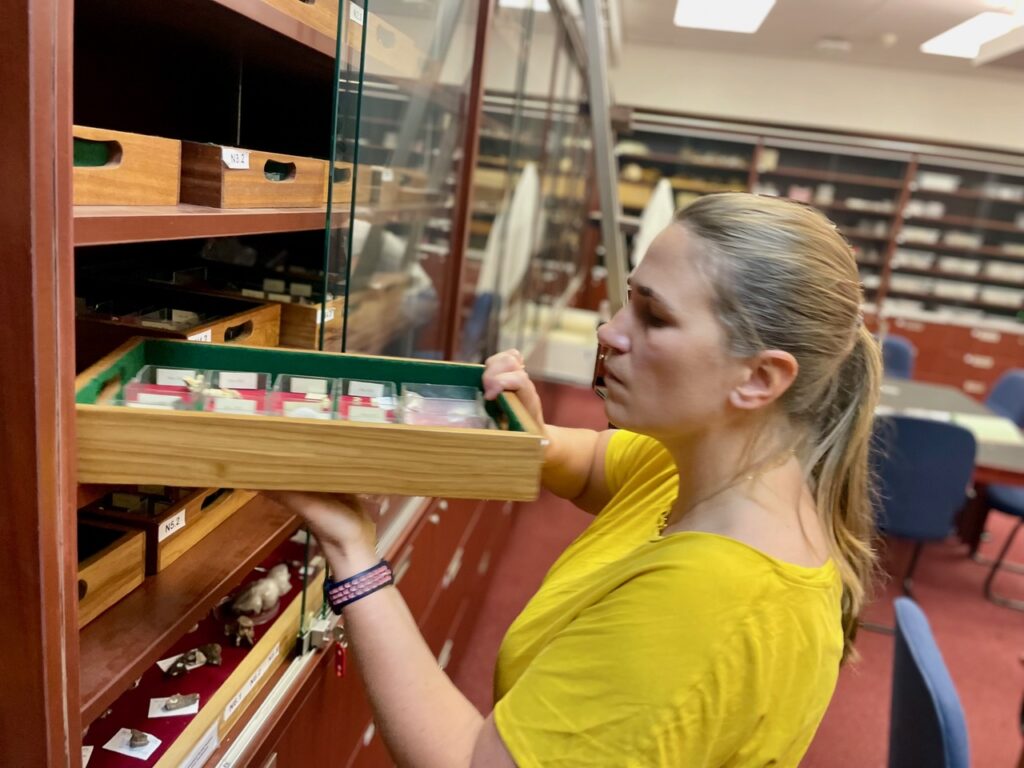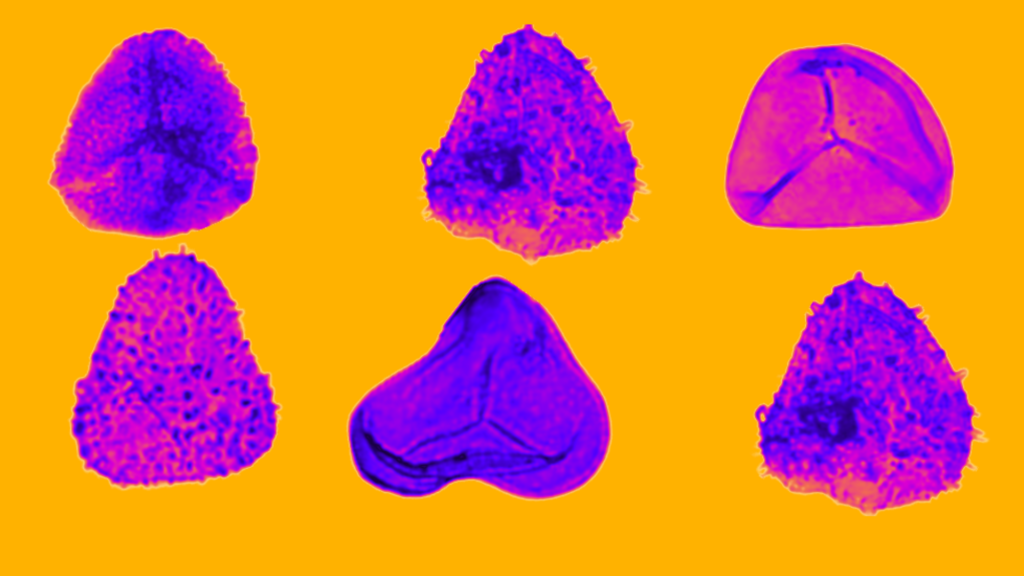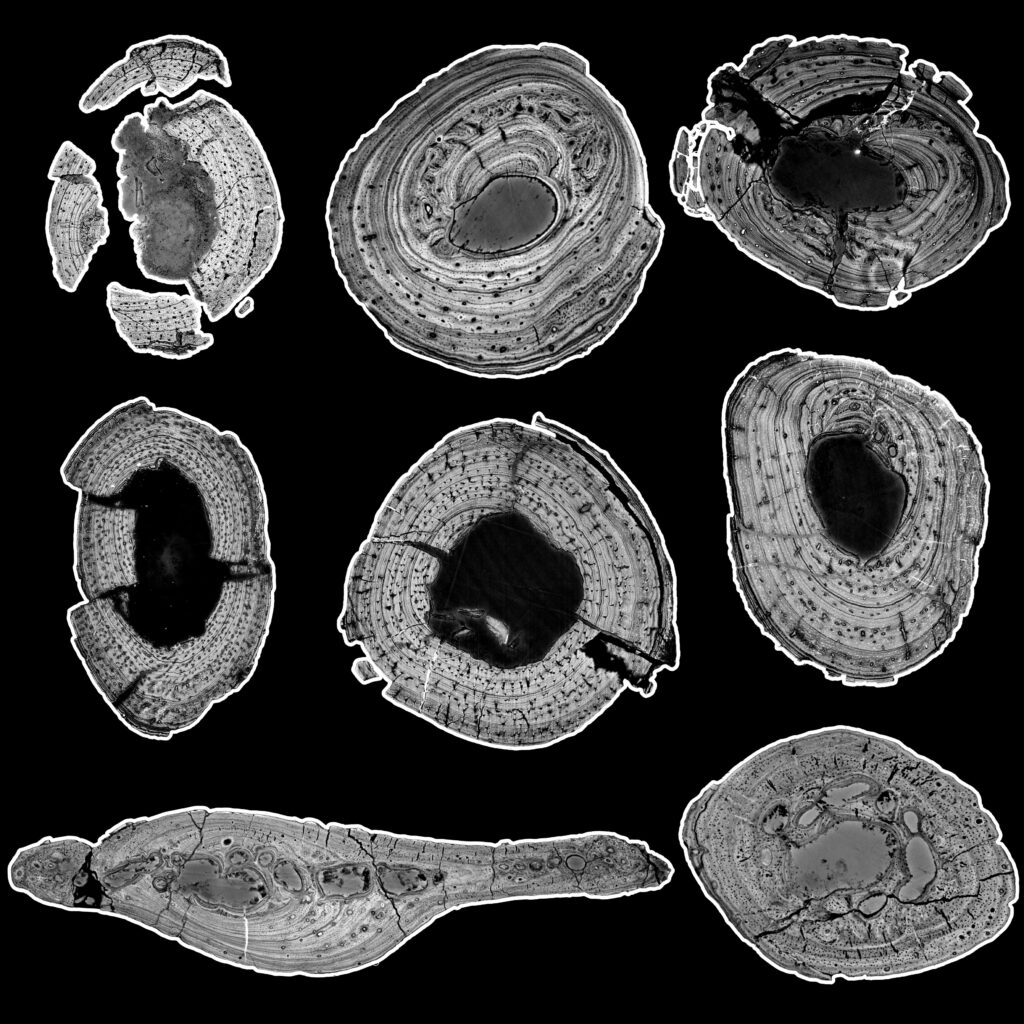Protaxodioxylon fossil wood species were identified in the southern hemisphere
A palaeobotanical study of fossil wood from Metangula Graben, Mozambique, has identified two new species that belong to genus Protaxodioxylon; the occurrence of these species in the Karoo formation prove that this genus flourished through a longer time span than previously thought.

Small bites
- Two new Protaxodioxylon fossil wood species were identified in the Karoo Formations.
- The occurrence of genus Protaxodioxylon beyond the rocks of Laurasia suggests that its’ earliest representatives pre-date the split of Pangea.
- The occurrence of these species also indicates that there was a humid temperate and subtropical climate during the Capitanian (mid-Permian).
Two new fossil wood species from Mozambique, reveal that trees of genus Protaxodioxylon have their origin in the Palaeozoic Era
Two fossil wood species: Protaxodioxylon verniersii sp. nov. and Protaxodioxylon metangulense sp. nov have been discovered from the rocks of the Karoo Formations (K5) in southern Africa. These fossil species were recovered from modern-day Niassa Province (Metangula Graben), Mozambique. A team of palaeobotanists, including GENUS grantee Nelson Nhamutole, analyzed thin sections of their wood specimens using Transmitted Light Microscopy techniques.
A detailed study of the anatomy of the fossil wood specimens showed that they both have micro anatomical features that are common within the Protaxodioxylon genus. However, the new specimens were assigned new species names because they could be differentiated from the existing species, based on the variation in the frequency of their pits per cross-field and the absence of axial parenchyma.
The occurrence of this wood genus in the Southern Hemisphere is significant for paleogeography and palaeoclimate. The Karoo formation from which these new species were recovered, is dated to the Capitanian (Middle Permian). Before the discovery of these species, six species of genus Protaxodioxylon had only been recognized in the remnants of the terrain of the Mesozoic Era , i.e. in various rock formations found in the Northern Hemisphere today. The authors argue that their discovery of this genus in the Southern Hemisphere proves that the “earliest representatives of” Protaxodioxylon occurred before the split of Pangea.
The higher diversity of this genus in the rocks of the Mesozoic Era, according to the authors, can be due to the lack of proper survey of the southern counterpart, however, they also argue that Laurasia could have been the “diversification spot of these conifer woods.” The appearance of the Protaxodioxylon plants in the Permian period, furthermore, implies that a humid temperate and warm subtropical climate exited at this time.






